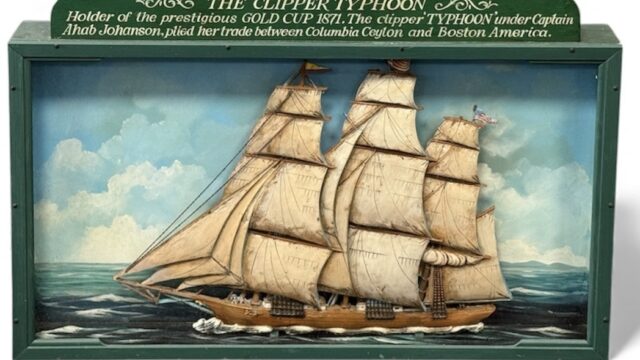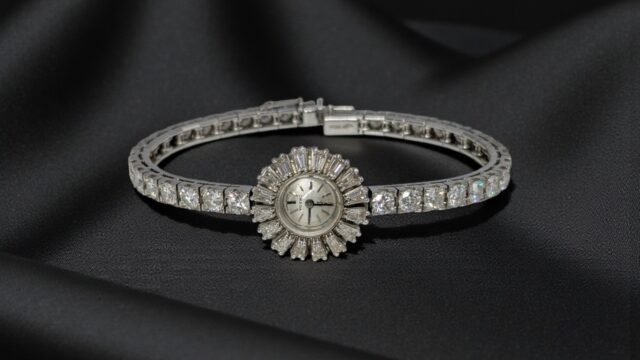British Vernacular Furniture
Vernacular furniture refers to the furniture of the ordinary people of a particular region, and for us that’s Wales.
Life in rural Wales in the 16th to early 19th Century was a hard business, rising with the dawn to milk the cow, feed the sheep or start off for the mine, quarry or ironworks. Money was hard to come by, with mouths to feed and rent to pay. Only relatively wealthy houses could afford sophisticated furniture made by professional carpenters or cabinetmakers, and the humble working man could only afford the necessities as furniture was really regarded as a luxury.



























































































Modest cottages required but a few simple, sturdy and functional pieces: a bed (often shared), some enamelled containers for flour or oats, a spoon rack, a coffor-bach, a three-legged stool for milking or for easing those tired legs during the weekly clothes wash, a mural cupboard for food, a dairy dresser for the milk churns, or a stick-back armchair collapsing into after a hard days toil.
Large cupboards would take pride of place as they were more expensive and could store most things. The 16th to mid-18th Centuries saw the production of deuddarns and tridarns in the Snowdonia region, whilst after the mid-18th Century high dressers become popular across Wales and were highly prized, as people wished to display things to brighten a gloomy interior.
Wood was always local, often from a storm-felled oak or elm which would be cut up and seasoned for later use in furniture, or sycamore for bowls and spoons. Mortice and tenon joining meant more expensive nails and screws could be dispensed with by local craftsmen like joiners, coffin, and cart makers.
The lack of sophistication is what gives vernacular furniture its appeal, the visible saw marks, the visible joints, the wear and tear, the quirky shapes and naïve design. It all adds up to that rare quality we call “charm”, and collectors with a romantic leaning understand, appreciate, and are paid to pay good money for certain pieces
Welsh vernacular antiques refer to a simpler time of hay ricks and harvest, coracles and cobs. Those of us that feel connected to a Welsh ancestry, can see it shown these pieces in spades. After all, it’s the furniture of the ‘land of our fathers’.
Below is a cross section of Welsh vernacular furniture we have sold over the years with prices noted.
Should you have any furniture items which you would like us to assess please do not hesitate to contact us. We can respond with our opinions without obligation or cost.
Here is a glossary of vernacular furniture that would have been common to a typical Welsh cottage:
Welsh Dresser – a familiar sight in many homes, the quality and design can vary enormously, dressers were originally located in the kitchen to display and store pottery or pewter kitchenware
Coffer – a strong box often in oak and carved which would hold valuables
Coffer-bach – small Welsh version of above, often with lower drawers, usually in more demand than larger versions
Blanket chest – similar in appearance to a coffer and used to store the dwellings bedding
Tridarn – Welsh cupboard in three sections, with canopied upper section
Deuddarn – similar to the above but a two section cupboard
Bread & Cheese Cupboard – as the name suggests, typically characterised by ventilation holes on the frontage (kept the food away from rodents but not necessarily insects)!
Livery Cupboard – another usually larger food storage cupboard, often with hooks for hanging meat
Press Cupboard / Linen Press – for storing sheets, napkins and other textiles
Bible Box – the Bible was central to everyday life and would be protected in a simple box
Candle Box – another precious commodity in the cottage, the box commonly hung on the wall
Salt Box – valuable salt would have been used for seasoning but also preserving food
Farmhouse chairs – simple joined wood chairs for resting and eating
Stools – all manner of stools were made by local folk and can ooze charm
Cricket table – occasional tables with a circular top (the ball) and three legs (the stumps)




